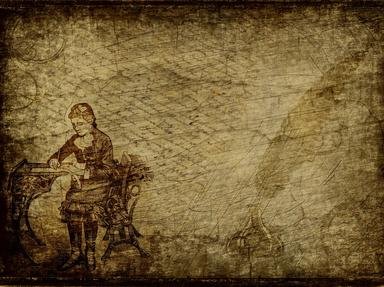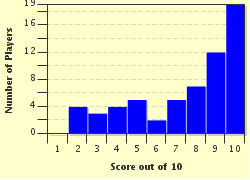Quiz Answer Key and Fun Facts
1. What is the name of the fictional boarding school that forms the backdrop to Ishiguro's novel?
2. What is the shocking truth about the students who live at this school, and who never leave its scenic grounds until they reach sixteen?
3. What shared purpose will all these young people achieve once they reach adulthood?
4. The students' creativity is constantly encouraged by their guardians, but their best artwork is taken away by a mysterious figure known as Madame. What do we learn eventually is the reason for this?
5. Which of the guardians, who look after and teach the students, is removed from the school because she thinks the children need to be told fully and honestly about their future lives?
6. The novel's narrator, Kathy H, aged 31 when the novel opens, reflects back throughout the book on her life at the school. What role has she been doing for the past eleven years?
7. Kathy H's prize childhood possession was a cassette tape which included the song 'Never Let Me Go'. What did the song lyrics mistakenly symbolise for her?
8. Which east coast English county did the students believe was England's 'lost corner', where all possessions that are discarded or lost anywhere in England eventually end up?
9. Kathy H's closest childhood friends, Ruth and Tommy, both inevitably die in the course of the novel. What euphemistic term is used for the death of any of the young people in the novel?
10. In the 2010 film adaptation of Ishiguro's novel, which English actress plays the role of Kathy H?
Source: Author
dsimpy
This quiz was reviewed by FunTrivia editor
agony before going online.
Any errors found in FunTrivia content are routinely corrected through our feedback system.

